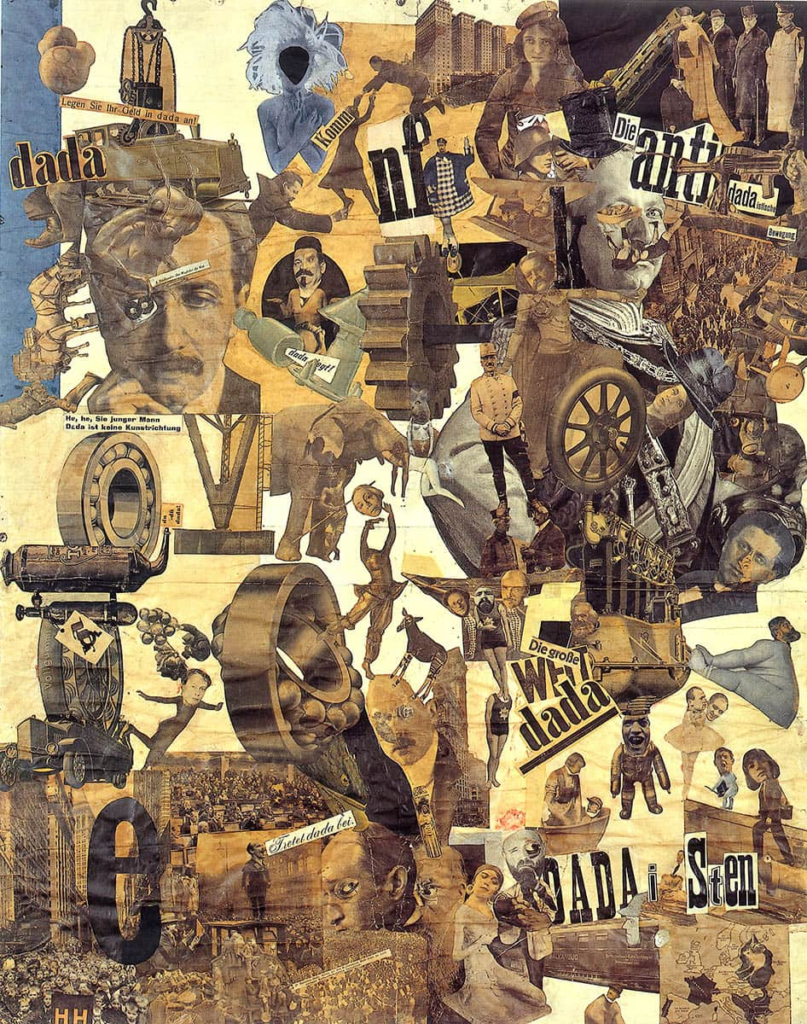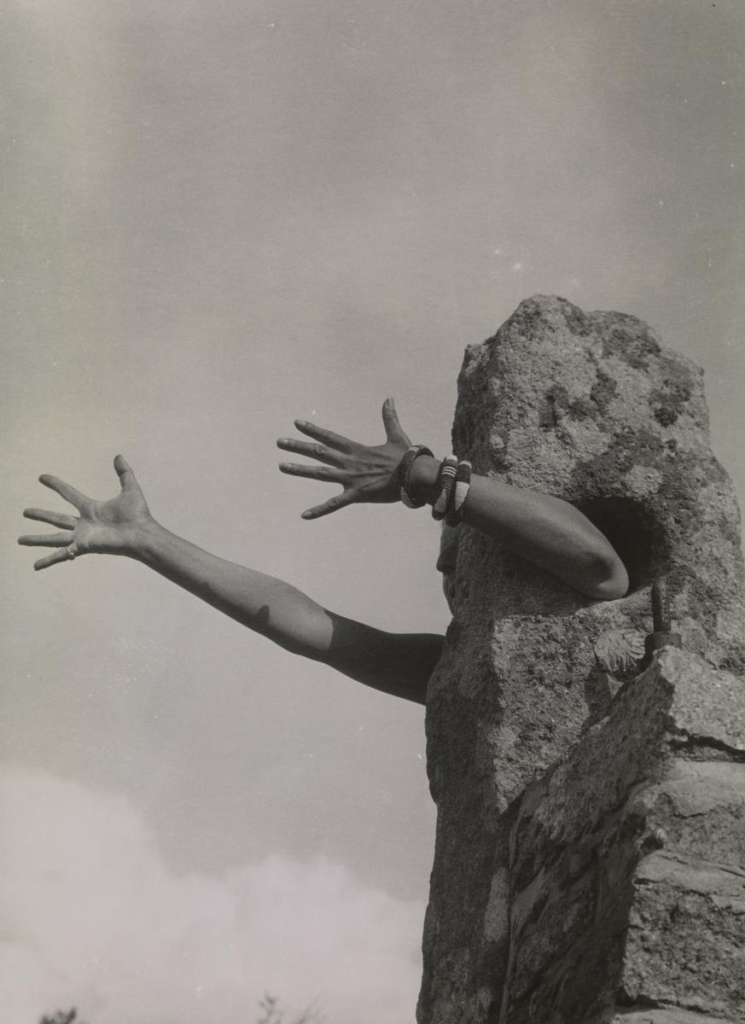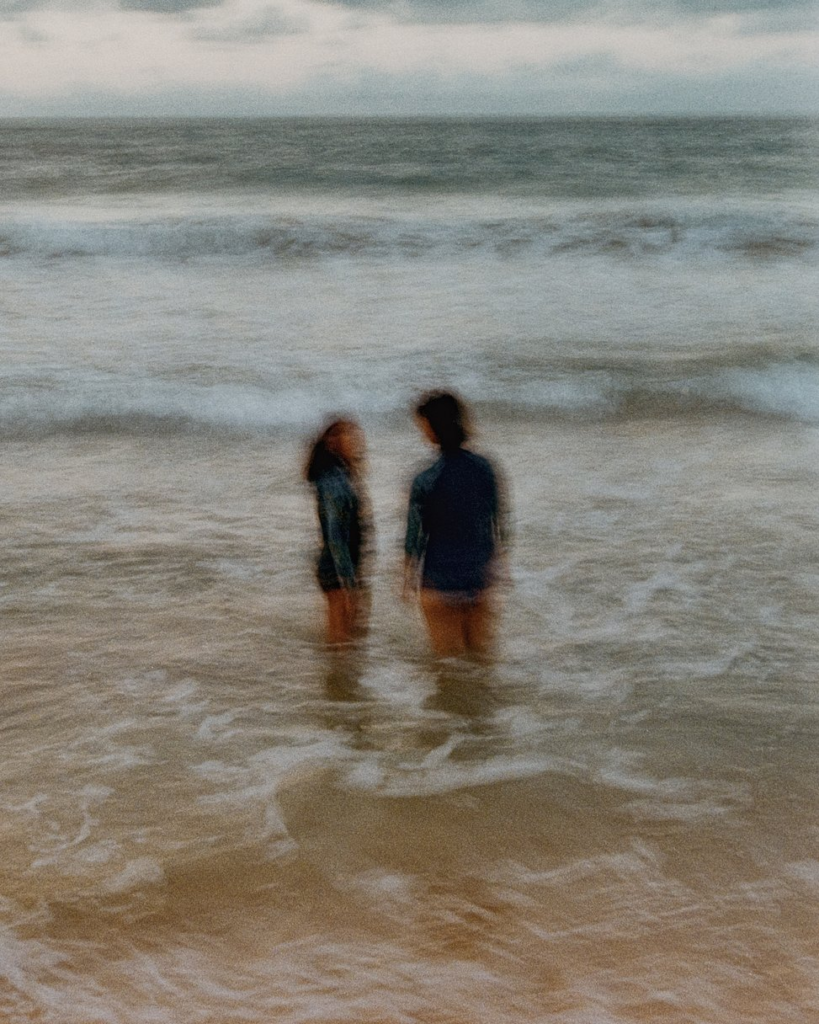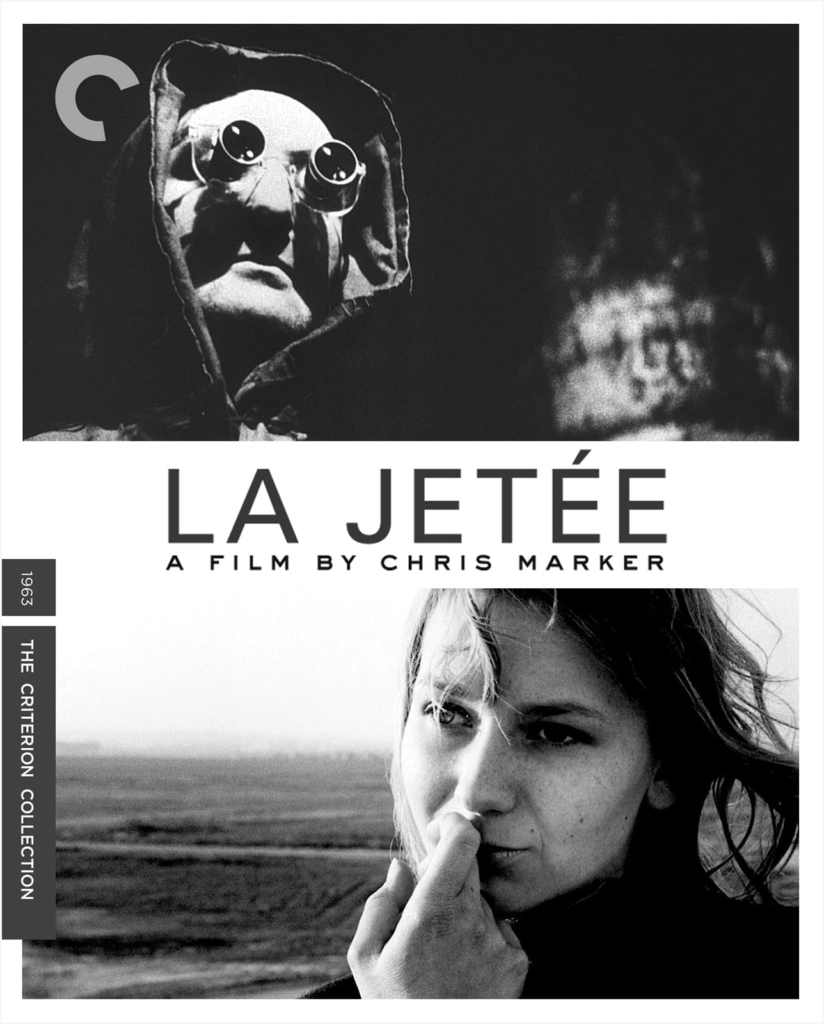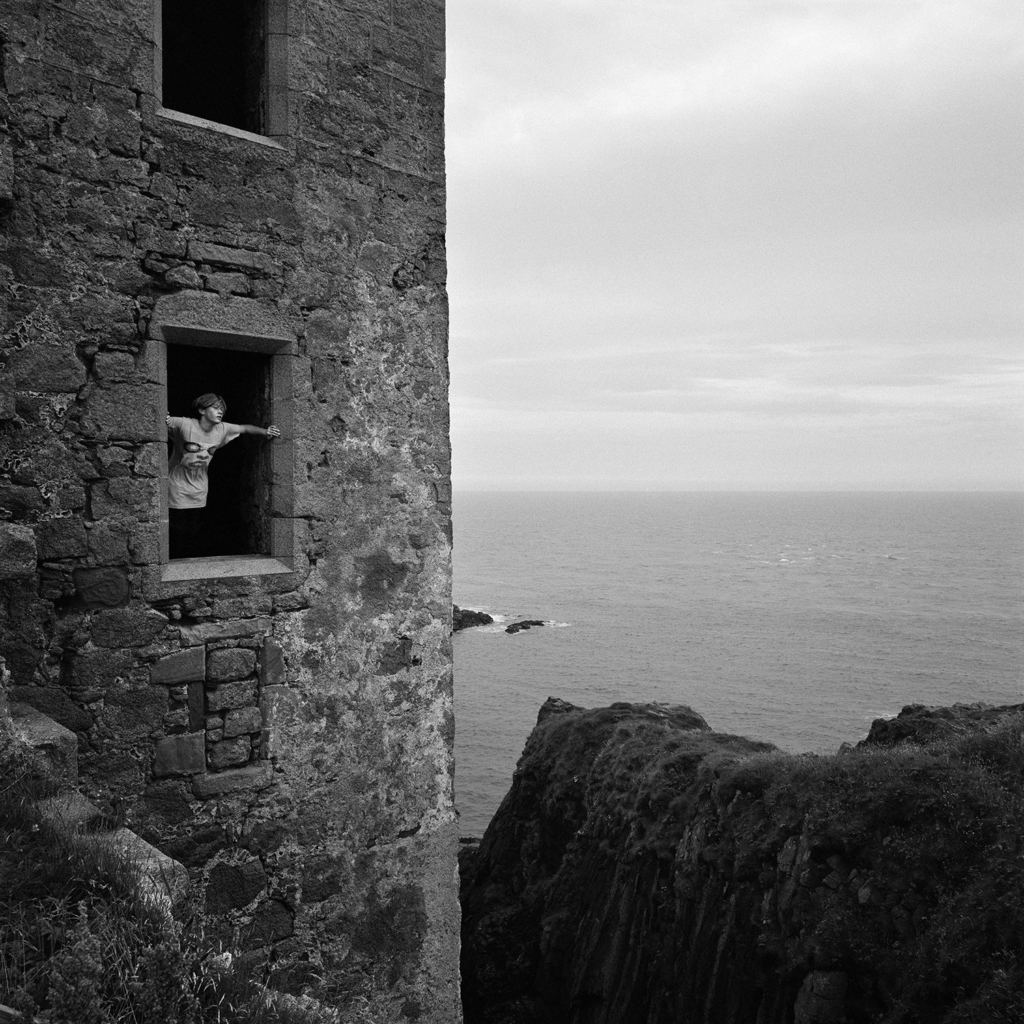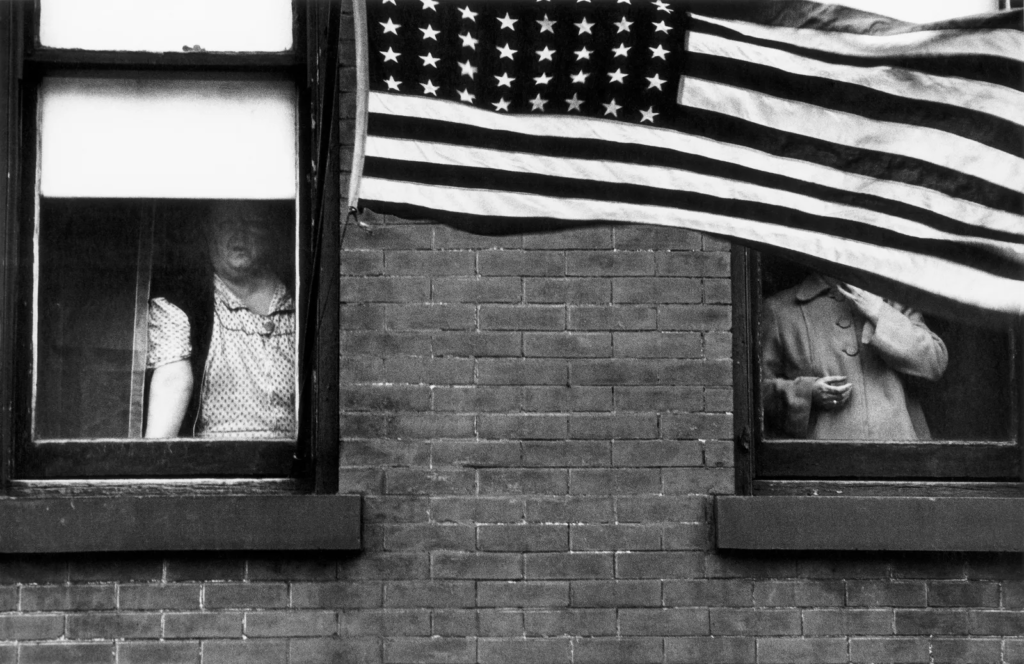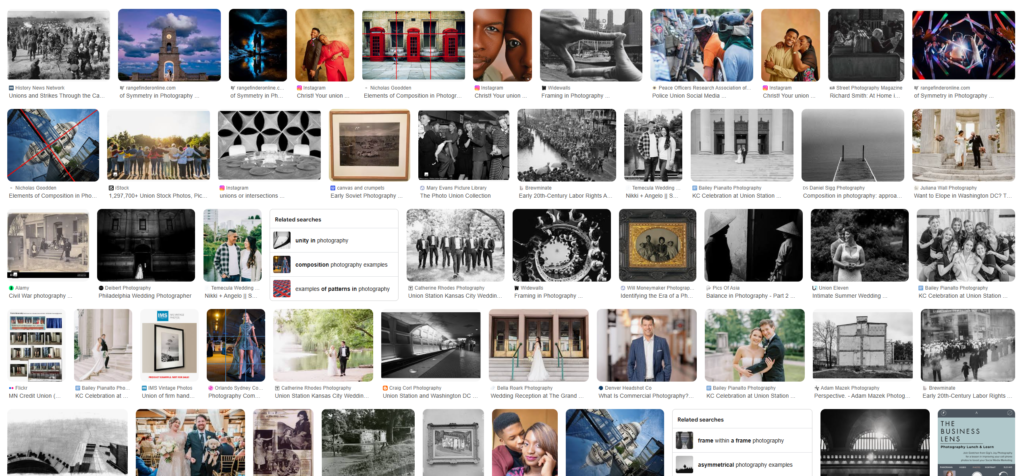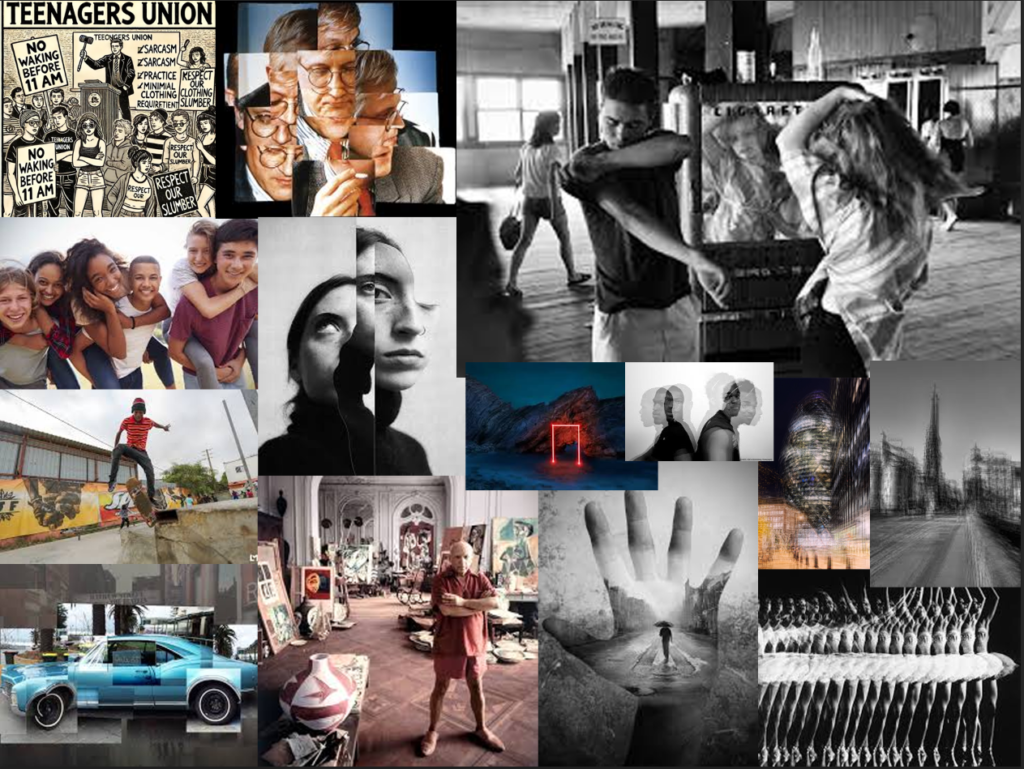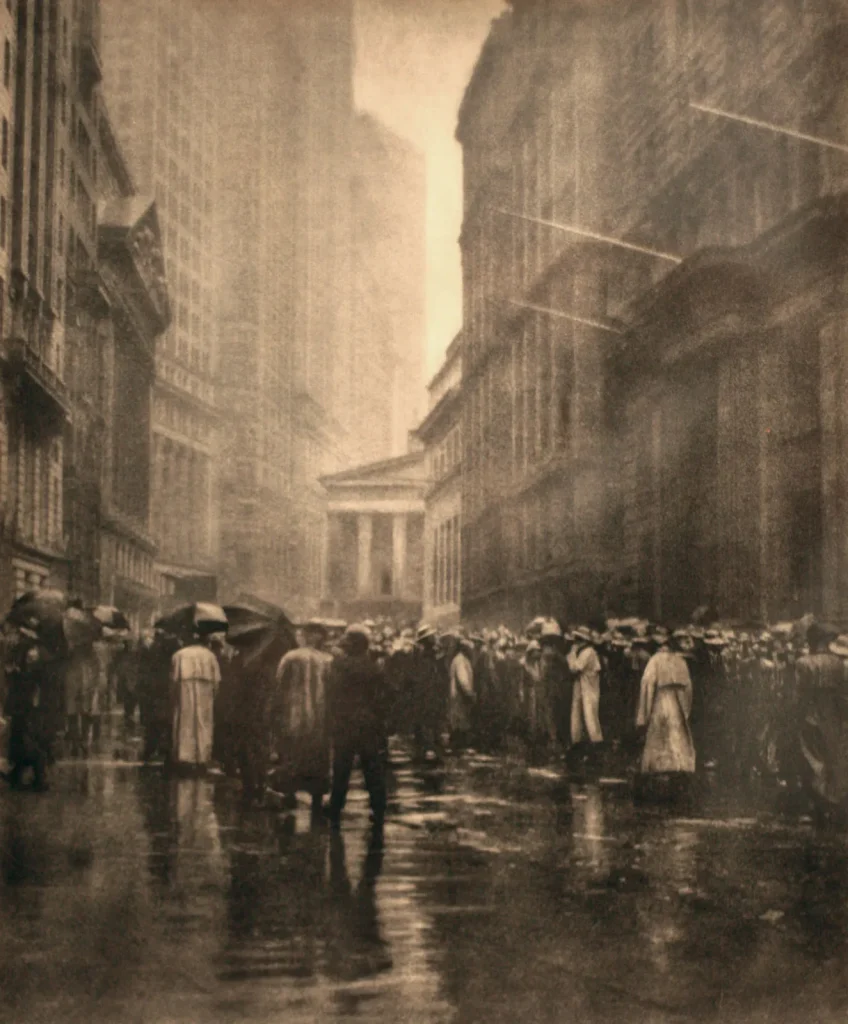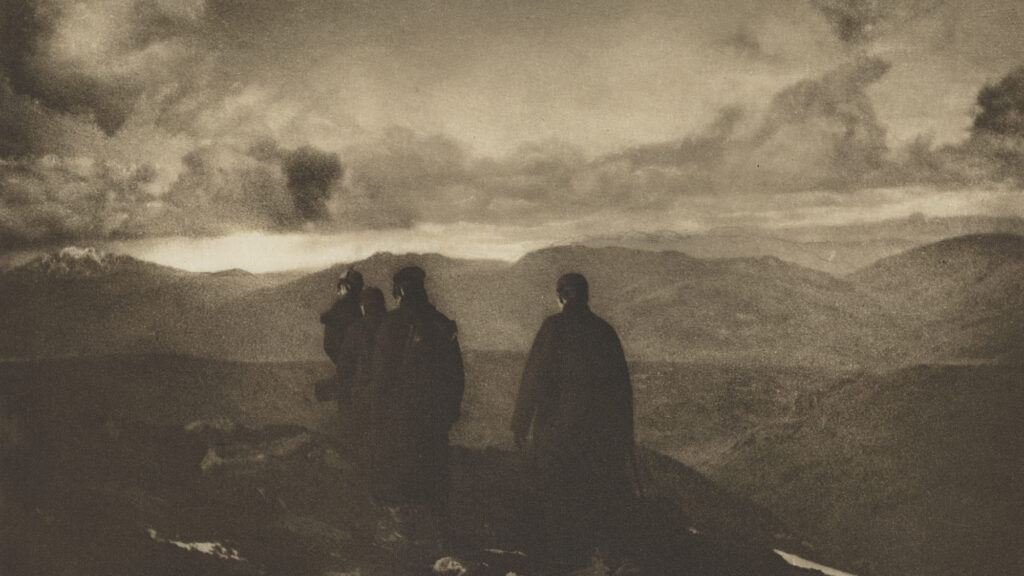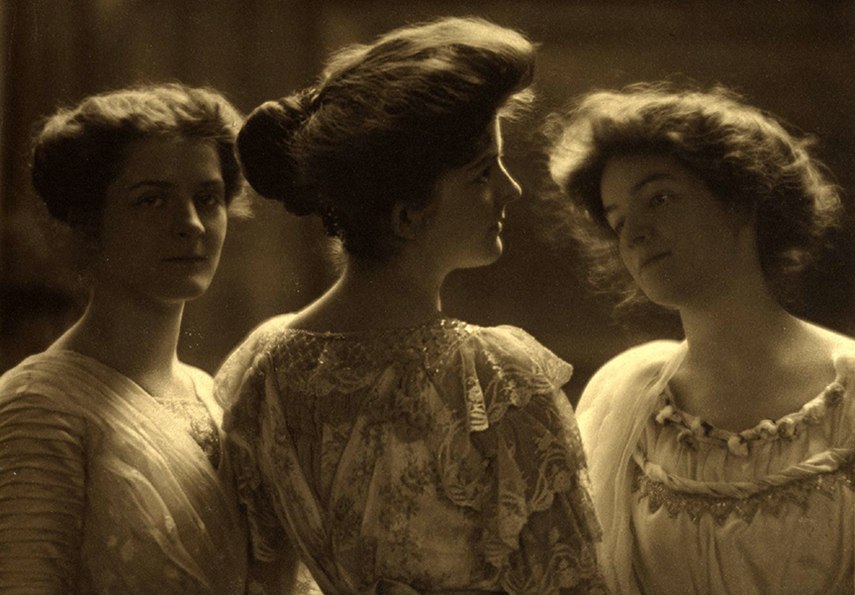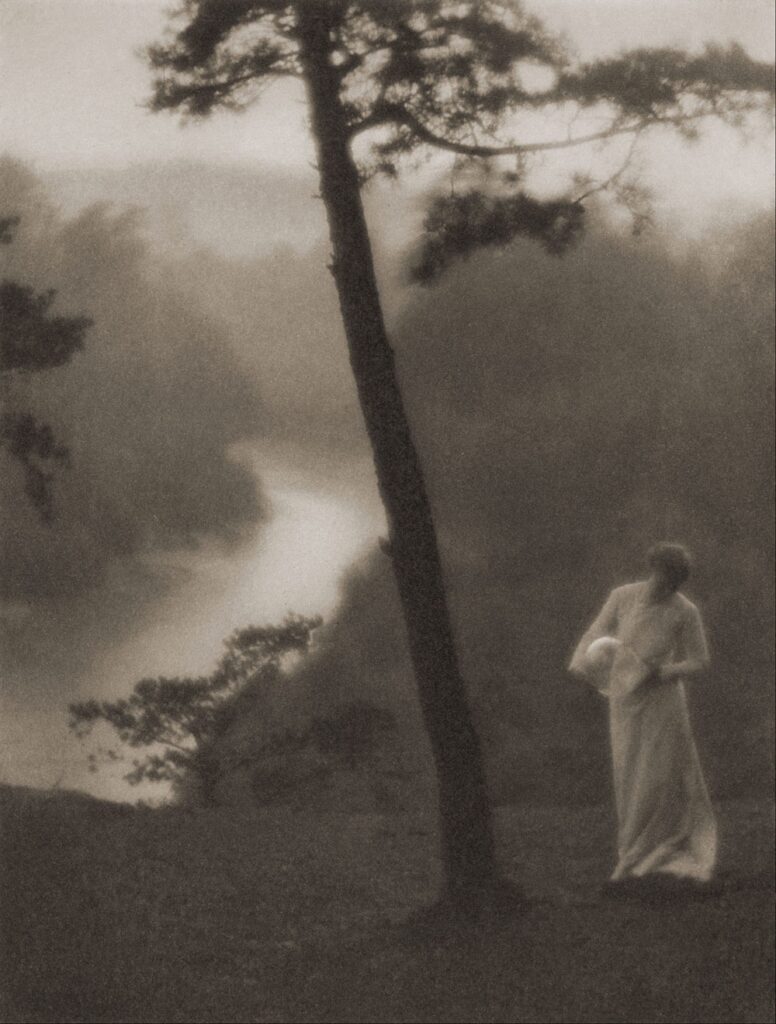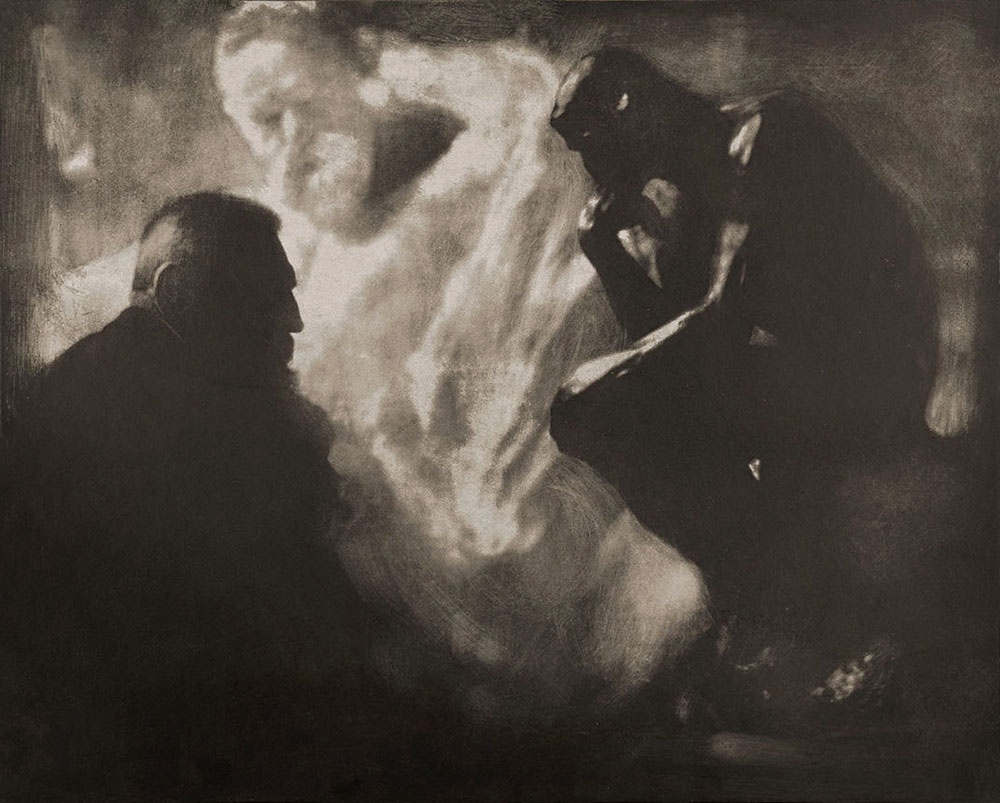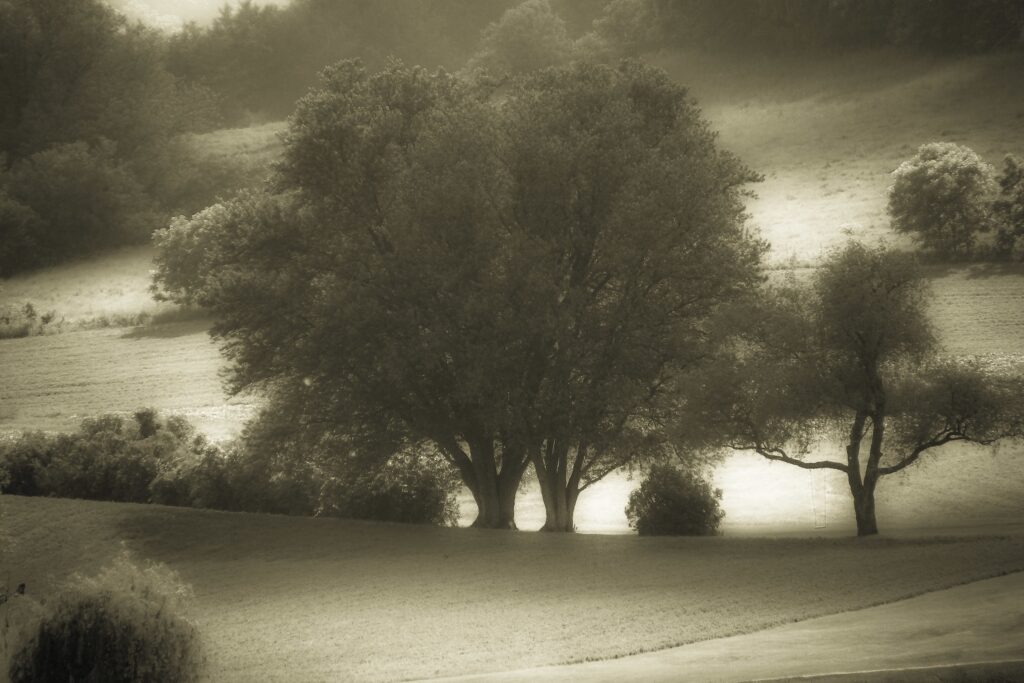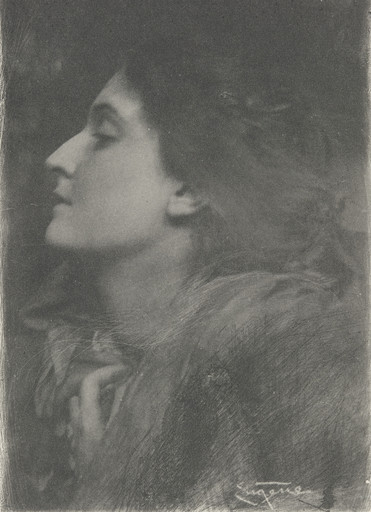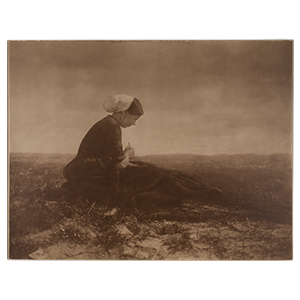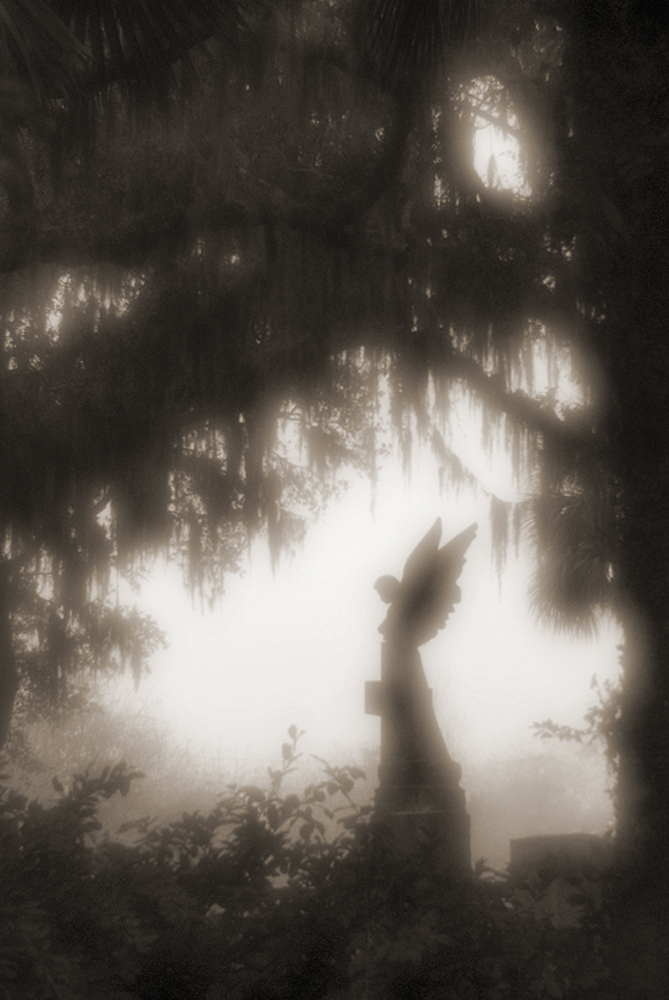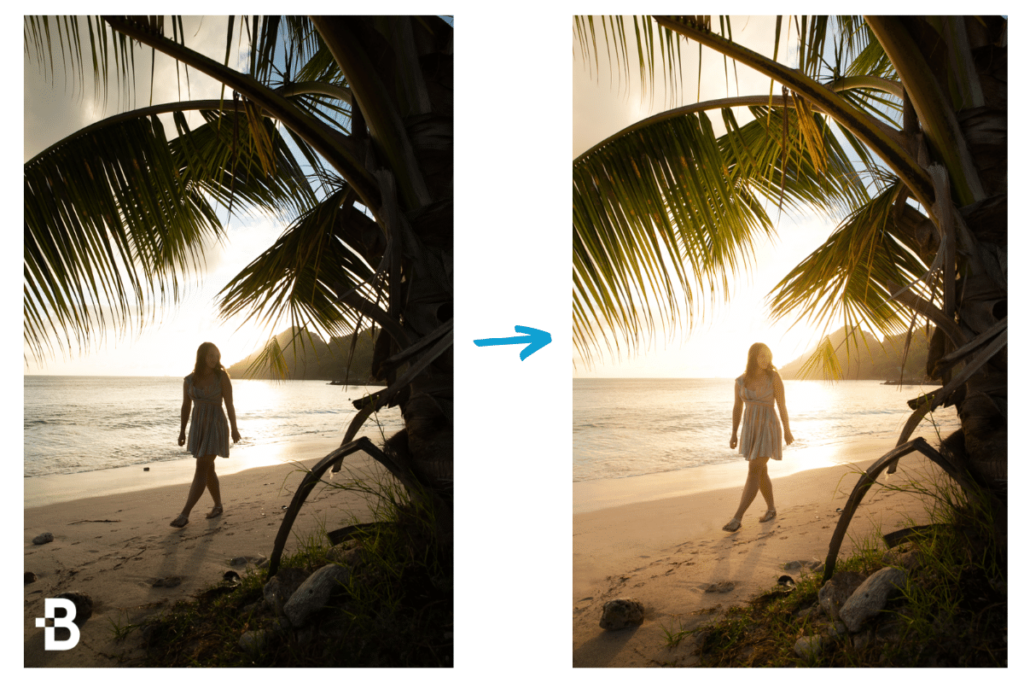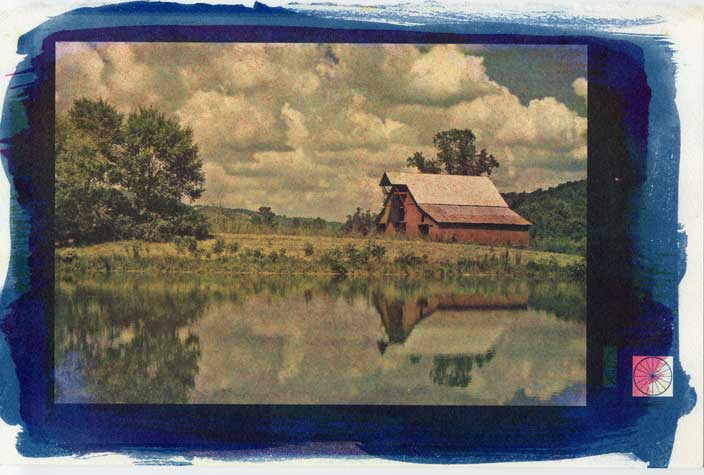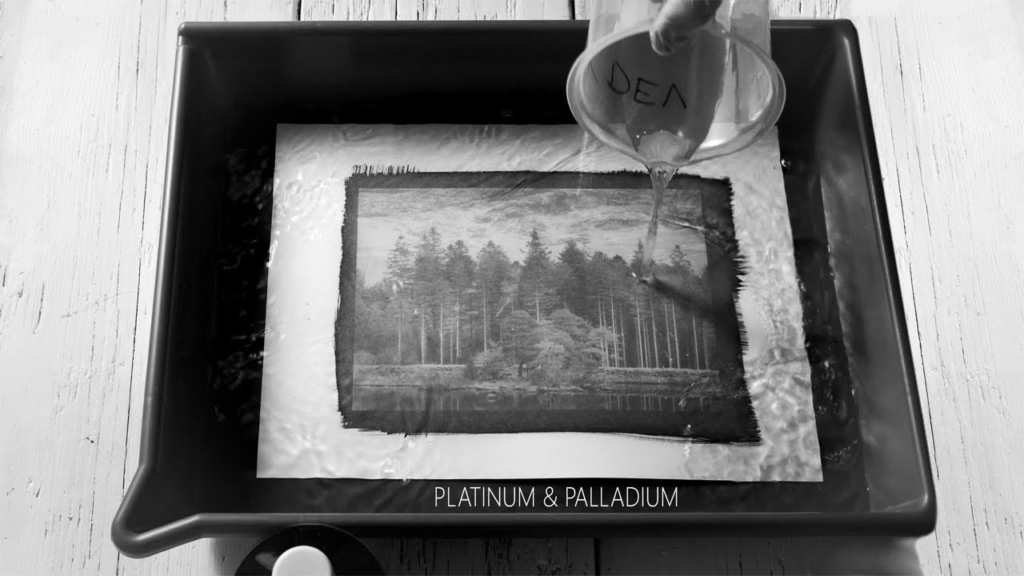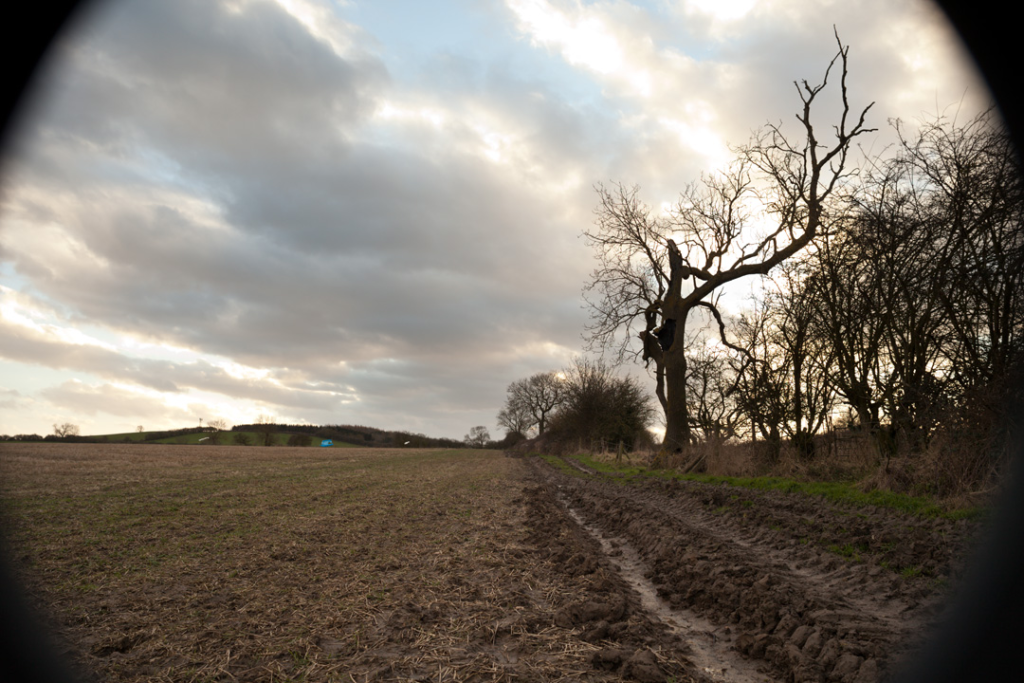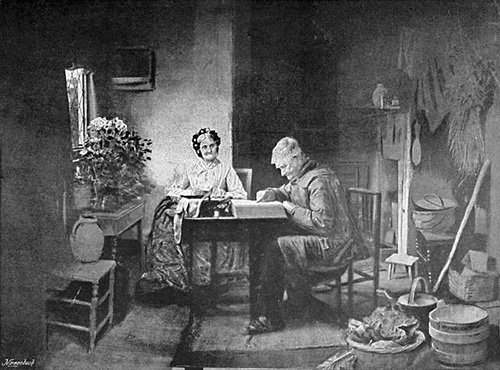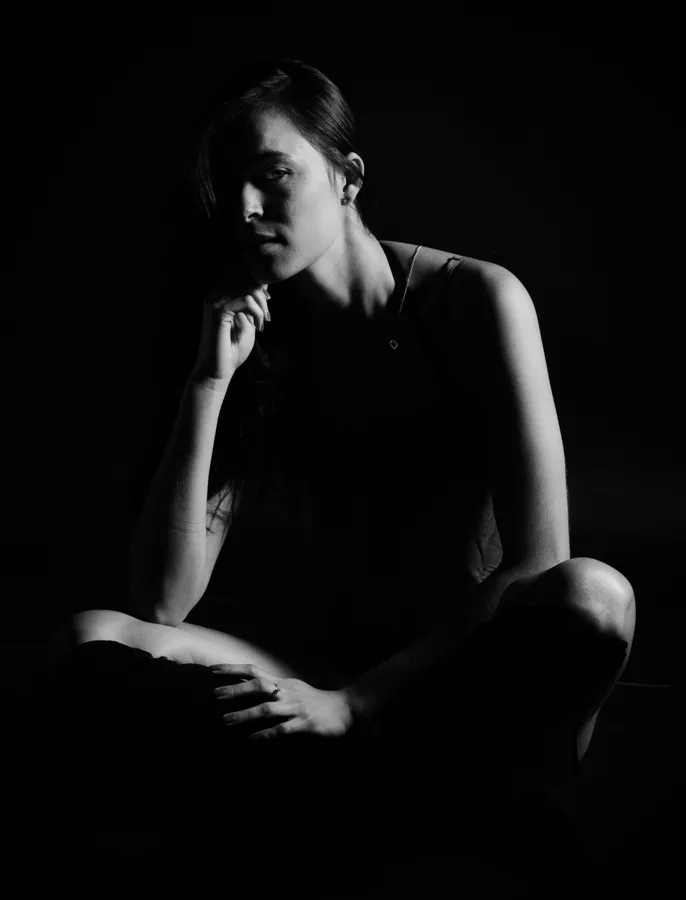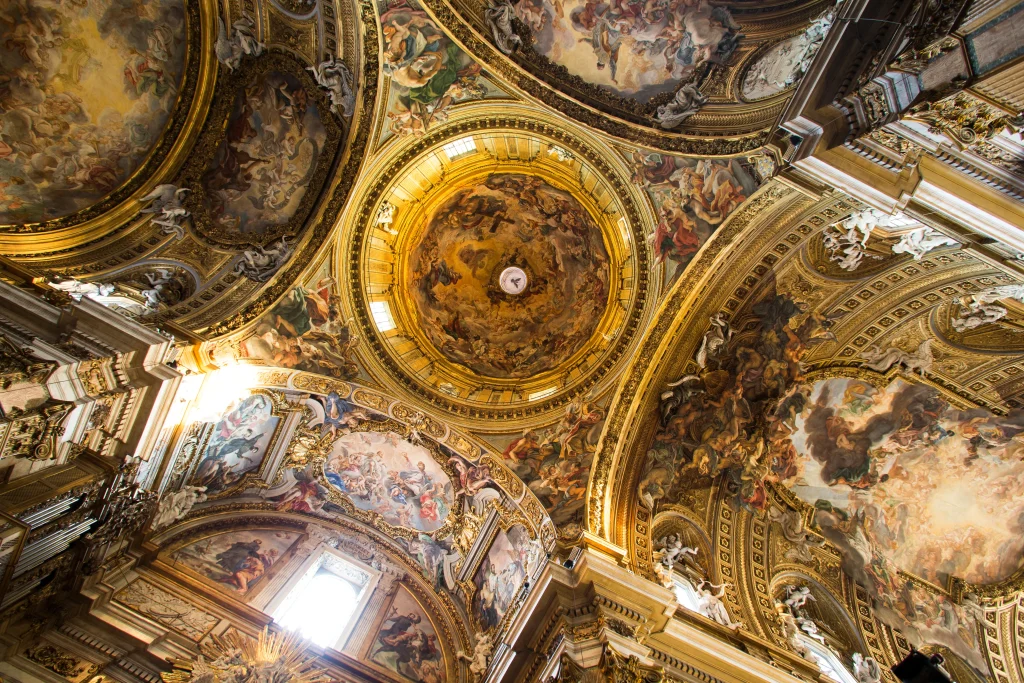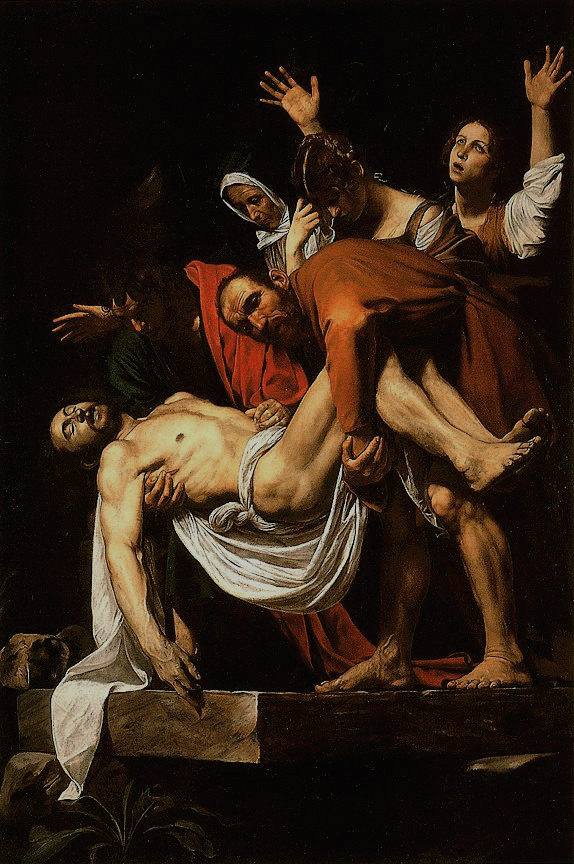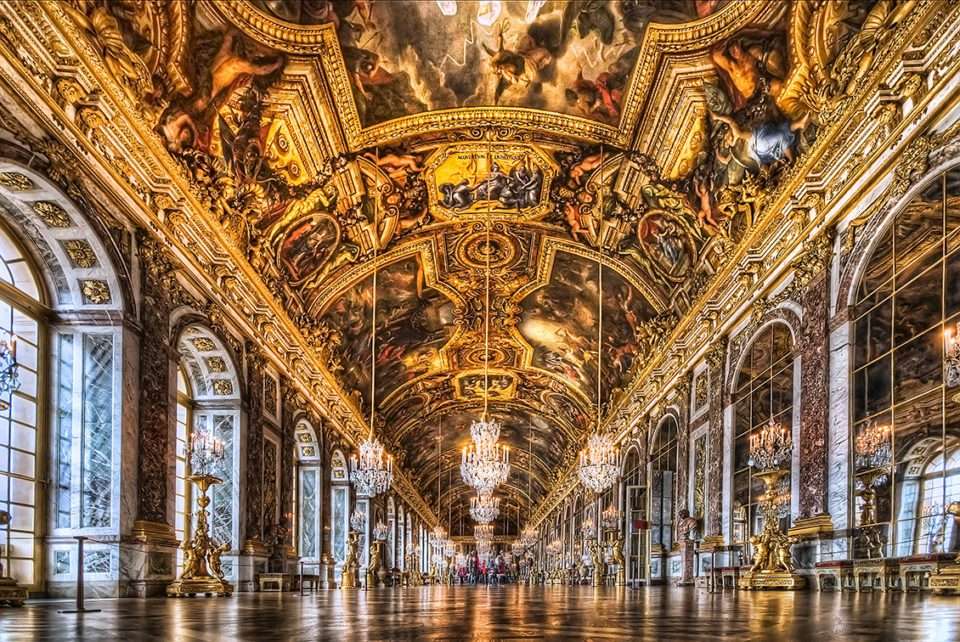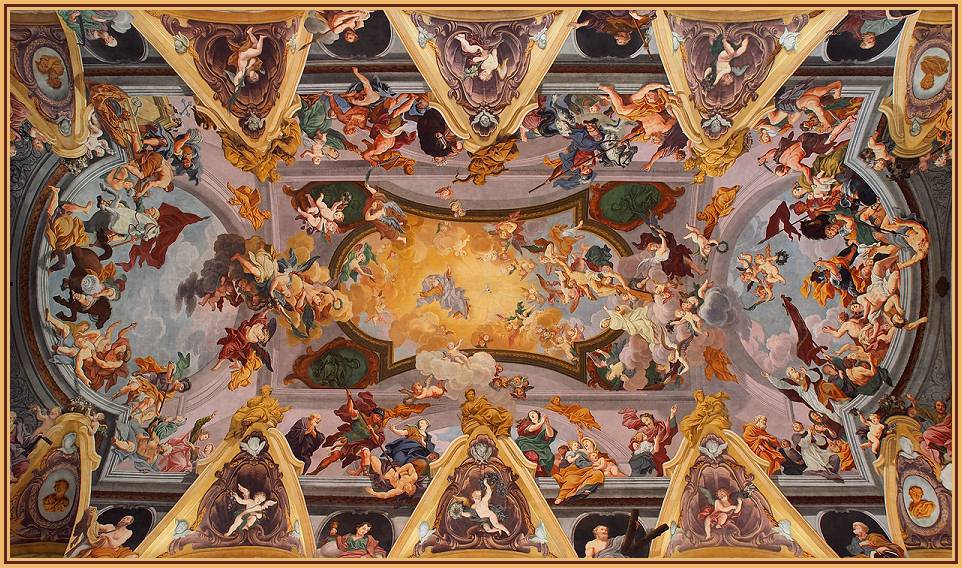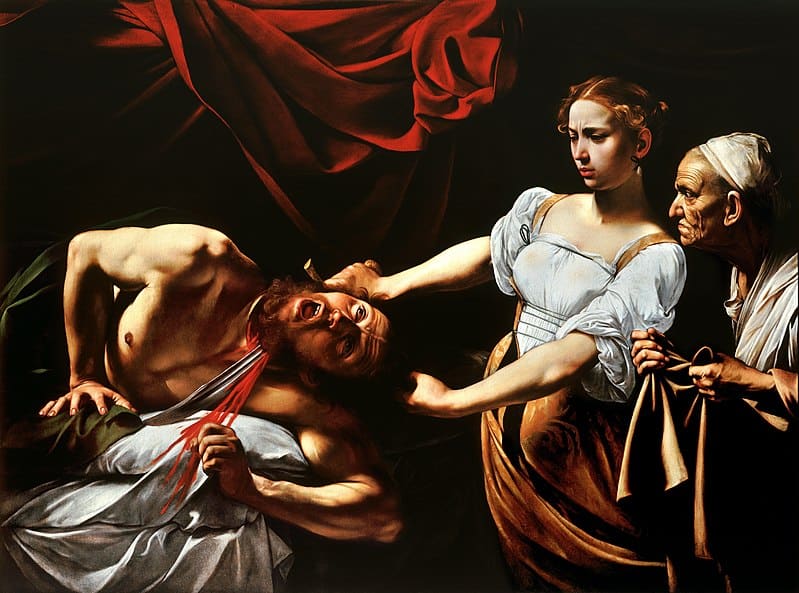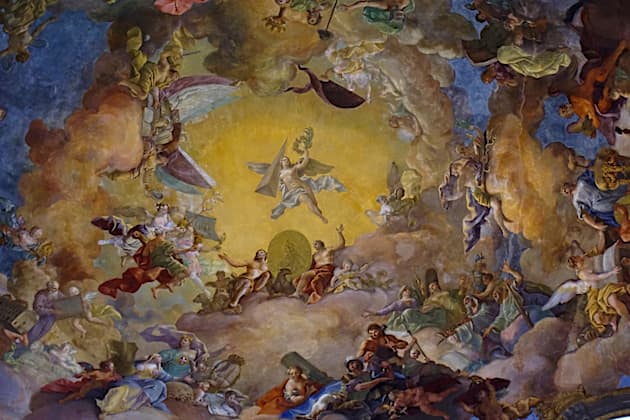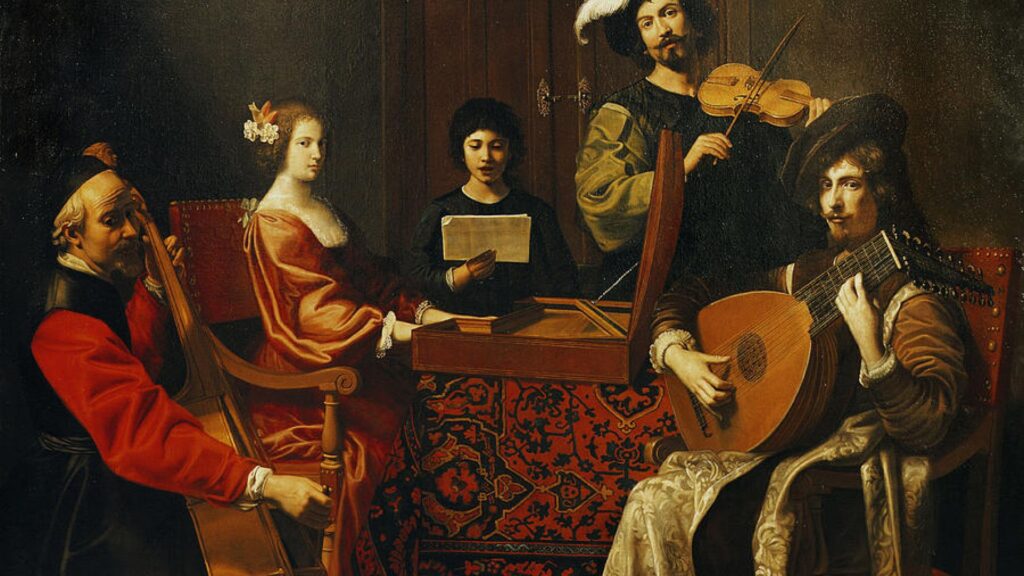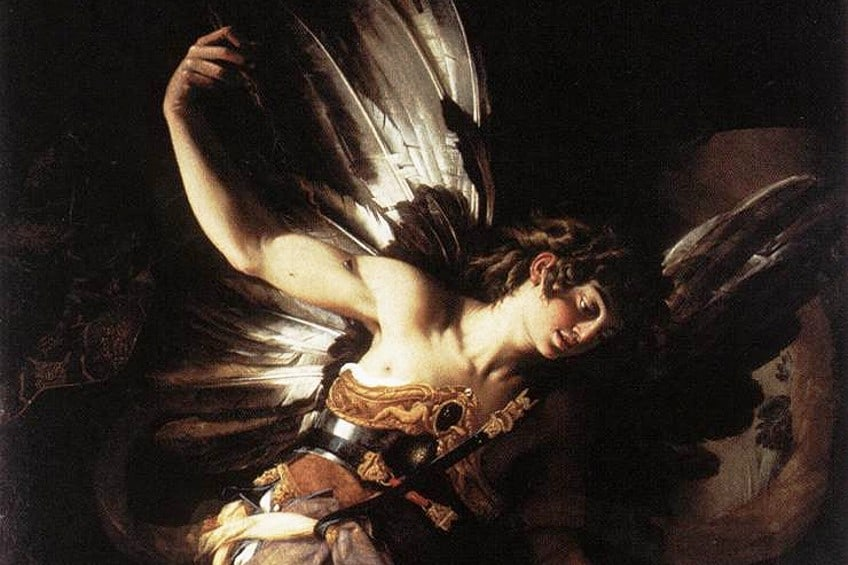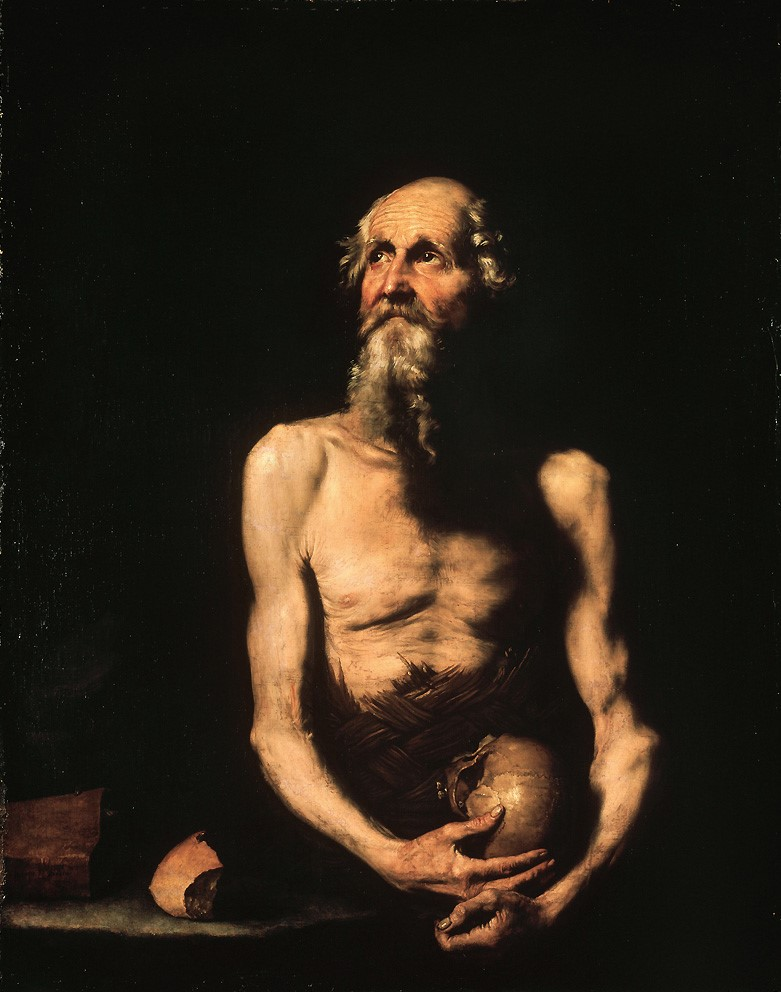Renaissance ISMS
he word “Renaissance” comes from the French term for “rebirth.” It refers to a period of cultural, artistic, intellectual, and economic revival that took place in Europe between the 14th and 17th centuries, following the Middle Ages.

International Gothicism

International Gothic is an artistic style that developed in Europe during the late 14th and early 15th centuries. It was characterized by elegance, detailed ornamentation, and a blend of realism and idealism. The style spread across different regions, including Italy, France, England, Germany, and the Netherlands, through cultural exchanges among courts and artists.
Classicism

Classicism refers to an artistic, literary, and architectural style inspired by the principles of Ancient Greek and Roman art. It emphasizes harmony, proportion, balance, and simplicity, rejecting excessive ornamentation in favor of rational, structured beauty.
Secularism

Secularism is the principle of separating religion from government, politics, and other public affairs. It advocates for independence from religious influence in social, cultural, and legal matters, promoting a society where decisions and policies are based on reason, science, and humanistic values rather than religious doctrines.
Monumentalism

Monumentalism refers to an architectural and artistic style characterized by large-scale, impressive, and monumental structures or artworks that convey a sense of power, permanence, and grandeur. This style often evokes awe, symbolizing significance, authority, or historical importance.
Humanism

Humanism is a philosophical and cultural movement that emphasizes the value, dignity, and agency of human beings. Rooted in the ideas of ancient Greece and Rome, humanism advocates for the importance of reason, ethics, and justice over reliance on divine authority, and celebrates the potential for human progress through knowledge, art, and creativity.
Idealism

Idealism is a philosophical theory that emphasizes the importance of the mind, ideas, or consciousness in shaping the nature of reality. It asserts that the ultimate nature of reality is fundamentally mental, immaterial, or spiritual rather than physical. According to idealism, the world is largely or entirely dependent on the mind for its existence and structure.
Perspectivism

Perspectivism is a philosophical view that suggests truth and knowledge are not absolute but are influenced by individual perspectives. According to perspectivism, what is “true” or “real” depends on the standpoint, experiences, and context of the observer. In other words, all knowledge is relative to the perspective of the person perceiving it.
Illusionism

Illusionism refers to the use of techniques or methods in art, philosophy, or perception that create the appearance of reality or deceive the senses into believing something is true when it is not. In the visual arts, it is often associated with creating images that appear to be real or three-dimensional but are, in fact, representations or tricks of perspective.
Naturalism

Naturalism is a philosophical viewpoint and approach that suggests everything arises from natural causes and laws, and that nature (the physical world) is all that exists. In this perspective, human beings, society, and events are all part of a natural world governed by laws of nature, and phenomena should be understood through empirical observation, scientific investigation, and reason.
Naturalism is often contrasted with supernatural explanations, asserting that there is no need to appeal to divine or mystical forces to explain the world.
Mannerism

Mannerism is an artistic style that emerged in the late Renaissance (approximately 1520-1600) as a reaction against the harmony, proportion, and idealized forms of the earlier High Renaissance, particularly the works of Leonardo da Vinci, Michelangelo, and Raphael. While it maintained some classical influences, mannerism is characterized by a deliberate artificiality, exaggeration of forms, and an emphasis on elegance and unnatural poses, often leading to compositions that seemed more expressive and stylized than realistic.
Mannerism was a way for artists to explore new forms of artistic expression, emphasizing creativity and emotional depth over the clarity and naturalism of the Renaissance.
Modernism

Modernism is a broad cultural, artistic, and intellectual movement that emerged in the late 19th century and reached its peak in the early to mid-20th century. It was characterized by a deliberate break from traditional forms and an embrace of new ways of thinking, creating, and interpreting the world. Modernism sought to reflect the rapid changes in society, technology, and culture, and it often questioned established norms and conventions. It is marked by experimentation, individualism, and a focus on modern life.
Fauvism

Fauvism was an early 20th-century art movement that emphasized bold color and expressive brushwork over naturalistic representation. The term “Fauvism” comes from the French word “fauves”, meaning “wild beasts,” a nickname given by a critic to the group of artists who were known for their radical use of color and non-traditional approach to painting.
Fauvism was short-lived, lasting roughly from 1904 to 1910, but it had a significant impact on the development of modern art, especially in its break from Impressionism and the early exploration of abstraction.
Primitivism

Primitivism is an art and cultural movement that emerged primarily in the late 19th and early 20th centuries, characterized by a fascination with what was perceived as “primitive” art, culture, and aesthetics. It sought to escape the complexities of modern industrial society by turning to simpler, more “natural” forms of expression, often associated with non-Western or indigenous cultures.
Primitivism was not a single, cohesive movement, but rather a set of ideas and influences that shaped the work of various artists, writers, and musicians, particularly in the wake of modernism and the breakdown of traditional cultural norms.
Expressionism

Expressionism is an artistic movement that originated in the early 20th century, primarily in Germany, and is characterized by an emphasis on emotional experience rather than physical reality. It sought to express the inner feelings, subjectivity, and emotional states of the artist, often through distorted, exaggerated forms and vibrant, intense colors. Expressionism became a major force in various forms of art, including painting, literature, theater, film, and architecture.
Cubism

Cubism is one of the most revolutionary art movements of the early 20th century, pioneered by artists Pablo Picasso and Georges Braque in Paris around 1907-1914. It radically changed the traditional approach to perspective, form, and representation in art by breaking objects and subjects down into geometric shapes and abstracted forms. Cubism rejects the conventional way of depicting the world through a single viewpoint and instead explores multiple viewpoints and perspectives simultaneously.
Futurism

Futurism was an avant-garde art movement that emerged in Italy in the early 20th century (around 1909), emphasizing themes of modernity, technological advancement, movement, and the energy of the industrial world. It sought to break away from the past and embrace the future, celebrating dynamism, speed, machine culture, and the transformation of society in the wake of industrialization.
Dadaism

Dadaism, or Dada, was an avant-garde art movement that emerged during World War I around 1916 in Zurich, Switzerland. It was born out of a reaction to the brutality and senselessness of the war, as well as the widespread disillusionment with traditional values in art, culture, and society. Dadaism was characterized by its rejection of logic, rationality, and aesthetic convention, and it sought to challenge established norms by embracing absurdity, nonsense, and irrationality.
The movement was not just about creating art but also about questioning the very idea of what art should be. It included a wide range of creative expressions, such as visual art, poetry, performance, theater, and even manifestos.
Suprematism

Suprematism is an abstract art movement that was founded by Kazimir Malevich in Russia in 1915. It focuses on basic geometric forms, particularly squares, circles, lines, and rectangles, and aims to convey pure artistic feeling through these forms. The movement is characterized by its emphasis on non-representational art, meaning it does not seek to depict real-world objects or figures but instead focuses purely on form and color. Malevich coined the term “Suprematism” to express the supremacy of pure feeling in art, free from the constraints of the external world.
Constructivism

Constructivism was an art movement that emerged in Russia in the early 20th century, primarily after the Russian Revolution of 1917. It was a highly influential avant-garde movement that emphasized abstraction, geometric forms, and the integration of art and life. Constructivism rejected traditional forms of artistic expression, such as painting for its own sake, in favor of creating functional works of art that could serve a social or political purpose. Artists involved in Constructivism sought to use art to shape the new society emerging after the revolution, creating works that were industrial, functional, and accessible to the masses.
Neo-Plasticism

Neo-Plasticism, also known as the De Stijl movement, was an abstract artistic style founded in 1917 by Dutch artists Piet Mondrian and Theo van Doesburg. It is characterized by the use of geometric shapes, particularly rectangles and squares, and a limited color palette of primary colors (red, blue, yellow), black, white, and gray. The goal of Neo-Plasticism was to express universal harmony and order through the reduction of art to its most basic elements—lines, shapes, and colors—in order to transcend individual subjectivity and convey universal truth.
Surrealism
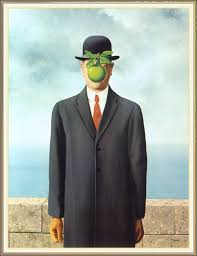
Surrealism was an influential avant-garde movement in the arts and literature that emerged in the early 1920s. It is best known for its exploration of the unconscious mind, dreams, and irrational or fantastical imagery. Surrealism sought to challenge the conventional boundaries of reality and art, breaking away from logical or rational thought to tap into the subconscious, drawing on the dream world and psychological states. The movement had a profound impact on visual arts, literature, theater, film, and even politics.
Spatialism

Spatialism is an artistic movement that emerged in the late 1950s, closely related to the development of modern abstract art, particularly focusing on the perception of space in visual art. It was largely influenced by the broader movements of Abstract Expressionism and Kinetic Art, but with a unique emphasis on how space and dimensions interact within the artwork itself.
The term “Spatialism” was coined by Lucio Fontana, an Argentine-Italian artist, who is widely regarded as the movement’s founder and key figure. Fontana was fascinated by the idea of breaking through the limitations of the two-dimensional canvas and creating a sense of depth, movement, and spatial awareness within his works.
Abstract Expressionism

Abstract Expressionism was a major art movement that emerged in the United States in the 1940s and dominated the art world during the 1950s. It is characterized by spontaneous, emotional, and non-representational art, focusing on the act of painting itself, rather than traditional subject matter. The movement is often seen as a way for artists to explore personal emotions, freedom, and individual expression through bold, abstract forms and gestures.
Social Realism

Social Realism is an artistic movement that emerged in the early 20th century, particularly during the Great Depression in the United States, but also spread globally. It is characterized by the representation of everyday life, often focusing on the lives of working-class people, the oppressed, and the marginalized. The movement’s goal was to shed light on social issues, economic inequality, and political struggles, while encouraging social change through the power of art.
Footnote- https://chatgpt.com/c/67adea06-c044-8008-a590-7fe0ceaba75d










